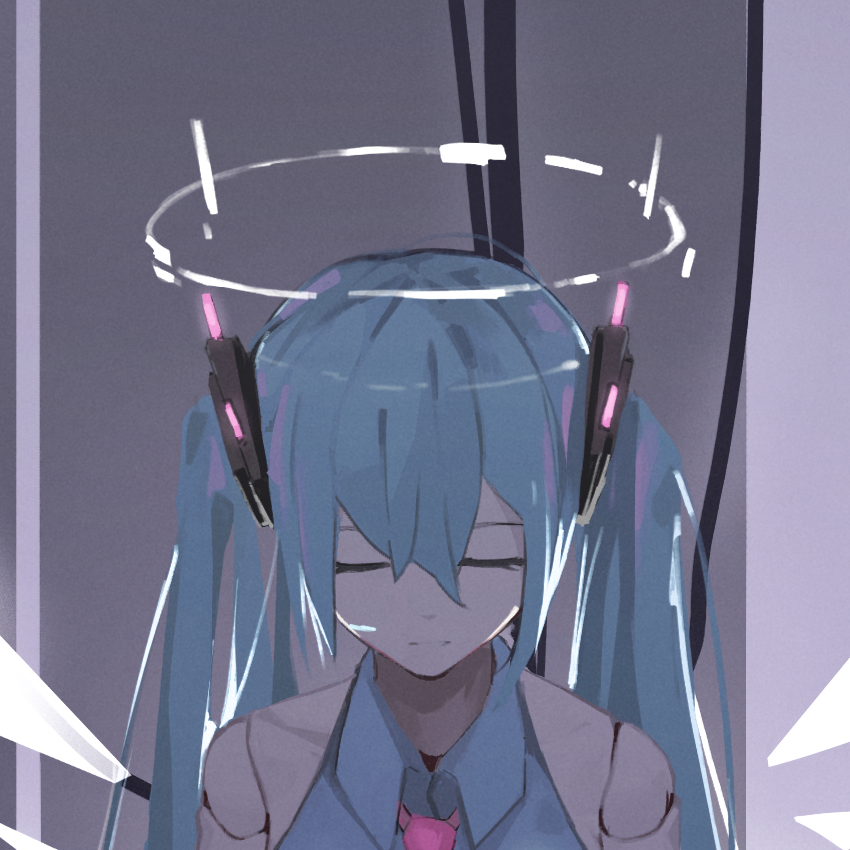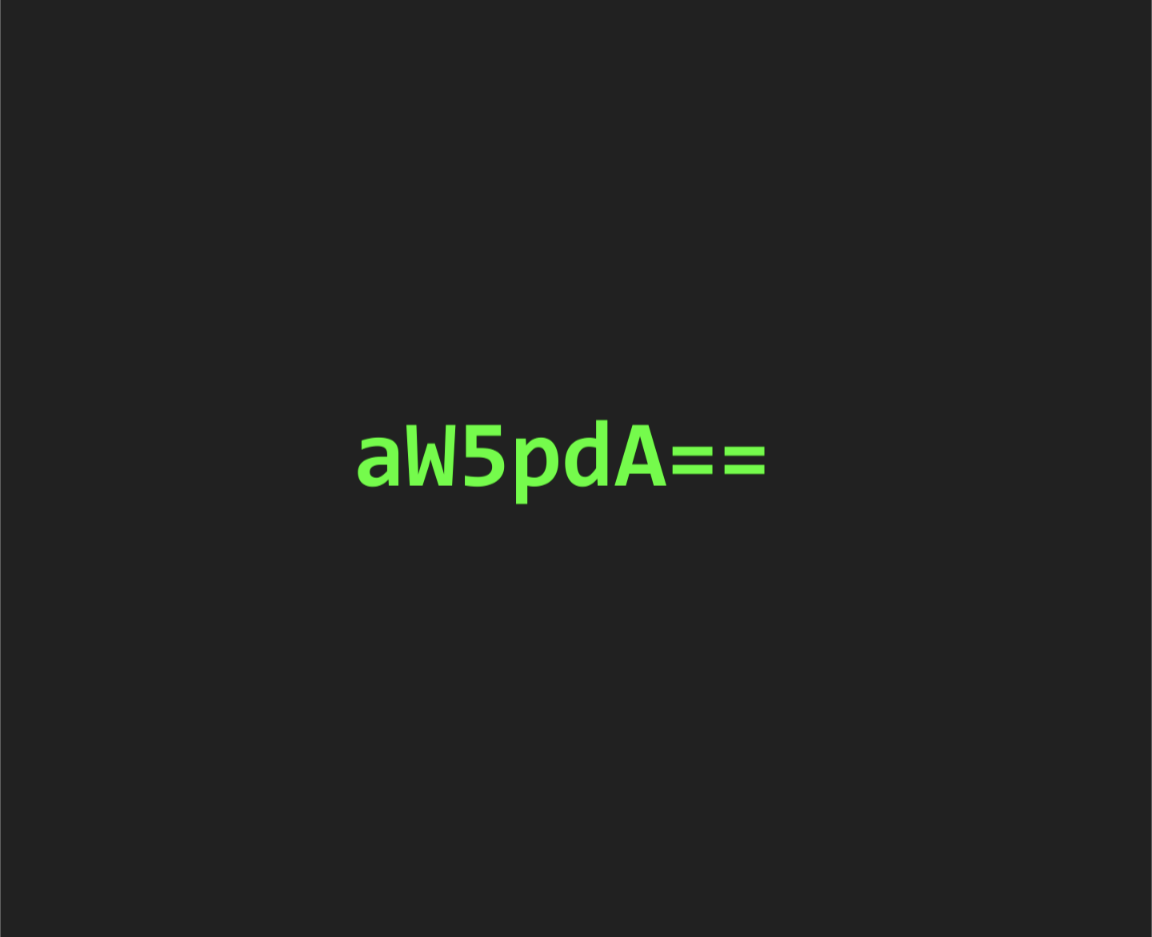I spent the last 10 mins reading all the comments and I think we managed to shit on all the distros available.
That’s the Linux community I love, good job people <3No one gets left behind
Akuna Matata or some shit
Nobody shits on MX, it’s a sign 😁
Haven’t seen Santoku or Kali or several other special use-case distros (E: or Hannah Montana Linux hahahaha). But, yes, this is exactly the community I love and that extreme hate/love for specific distros is the reason I tried Linux in the first place (and the reason I stayed) hahaha
Arch, I want to get some work done not save 3 extra CPU cycles on boot.
I thought that’s gentoo.
Binary speed is really the least reason to use Gentoo.
There are a lot of thorny issues in package distribution that source builds completely sidestep.
Install-it-yourself plus source updates are a lot to ask, but if you can get the hang of it the benefits are pretty sweet.
So what you’re actually saying is: you don’t like Arch because you don’t want to take the time to learn how to use Arch.
(Which is fine)
Just use Arch in a Distrobox on Fedora or openSUSE. That’s the best of both worlds.
Yeah, that’s pretty much it. I don’t want to use a kit/show car for commuting.
Fair. Though I will say (more for others who may see this in the future), that Arch’s new installer is great and definitely reduces the load on new users. That said, it’s never going to be explicitly designed for people who have no Linux experience.
Honestly… I don’t get this. It’s a bit more work than other distros but I think that Linux users often get to a point in their Linux journey where customizing a system with defaults is more difficult than just starting from a blank slate.
Customizing all-in-one distros is a shitty uphill battle that isn’t worth the trouble, so I get how Arch is worth the work there. But recommending a kit car when people are asking for a commuter just bugs me.
Manjaro, for its incompetence.
I don’t hate Gentoo, but will never use it. I hate compiling.
Upvoted for Manjaro, downvoted for gentoo. (no vote as a result)
Red Star OS, a little too much spyware.
I’ve always been intrigued by that one. I want to test it out, but finding an image has proven difficult.
too much spyware
That’s just capitalist propaganda. There is no spyware! That’s just innocent telemetry!
Manjaro, because because the team behind it fuck’s up a bit to often for my tastes. And Ubuntu, because they force snap onto their users.
My Linux from Scratch install. It was built by a moron.
It’s that pesky
rootuser, right? There’s loads of their files on my system. I can’t edit any of them. Don’t know why they are so protective.
Manjaro because it is a bait and switch trap. Seems really polished and user friendly. You will find out eventually it is a system destroying time-bomb and a poorly managed project.
Ubuntu because snaps.
The rest are all pros and cons that are different strokes for different folks.
Every time I have used manjaro on x86 it has been broken within a few months. Their Raspberry Pi 4 port is pretty stable though for some reason.
Ubuntu, because of their shenanigans with ads in the OS, forcing snap and just generally demonstrating disdain for their userbase.
Manjaro for their office suite debacle, and general instability.
RHEL for their recent attempts to subvert GPL.
Debian because packages are never, ever, ever up to date.
Gentoo because any sane person would get sick of compiling.
I actually like Gentoo for the same reason you hate it. But I was a FreeBSD guy for around 10 years before migrating to linux, and I probably some long lasting damage still lingering from that era.
Damn I’m contemplating going to FreeBSD. What made you go the other way? What do you miss from FreeBSD?
I miss /usr/ports. I could spend days just exploring its contents.
I miss an /etc structure that wasn’t a complete mess.
I miss UFS and its soft updates.
I miss the stability of fBSD 3 and 4.
I miss the ease of which you tweaked, compiled, and installed a new kernel.
And just because of the hilarious legacy that was obsolete 20 years beforw I started with it, I miss the concept of font-servers.
The main reason for my migration was the bigger userbase of linux where it was easier to find people who has resolved whatever issue I was having, plus nvidia drivers. Plus I’ve only needed to use fBSD once professionally.
You’re going to get a lot of comments about Ubuntu and snaps. Definitely one of the reasons I switched away from it.
For the uninitiated, as someone who’s looking to move from Windows to Linux and Ubuntu is probably my first choice, can you share what’s not to like about this?
Edit - insightful answers. Thank you
For context:
Snaps are a way to build applications so that they can run on any platform with one build method. It makes it easier for developers to publish their apps across multiple different Linux distro without having to worry about dependency issues.
Snaps have been very poorly received by the community, one of the largest complaints is that a snap program with take 5-10 seconds to start, where as the same program without snap will start instantly.
Ubuntu devs have been working for years to optimize them, but it’s a complex problem and while they’ve made some improvements, it’s slow going. While this has been going on, Ubuntu is slowly doubling down more and more on snaps, such as replacing default apps with their snap counterparts.
On the other hand, other methods like flatpak exist, and are generally more liked by the community.
This has led to a lot of Ubuntu users feeling unheard as their feedback is ignored.
Performance and functionality.
When I click the Firefox icon, I expect Firefox to open. Like, right away.
When Ubuntu switched it to a snap, there was a noticeable load time. I’d click the icon and wait. In the background the OS was mounting a snap as a virtual volume or something, and loading the sandboxed app from that. It turned my modern computer with SSD into an old computer with a HDD. Firefox gets frequent updates, so the snap would be updated frequently, requiring a remount/reload every update.
Ubuntu tried this with many stock apps (like Calculator), but eventually rolled things back since so many people complained about the obvious performance issues.
I’m talking about literally waiting 10X the time for something to load as a snap than it did compared to a “regular” app.
The more apps you have as snaps, the more things have to be mounted/attached and slowly loaded. This also use to clutter up the output when listing mounted devices.
The Micropolis (GPL SimCity) snap loads with read-only permissions. i.e., you cannot save. There are no permission controls for write access (its snap permissions are only for audio). Basically, the snap was configured wrong and you can never save your game.
I had purged snapd from my system and added repos to get “normal” versions of software, but eventually some other package change would happen and snapd would get included with routine updates.
I understand the benefits of something like Snaps and Flatpaks - but you cannot deny that there are negatives. I thought Linux was about choice. I’ve been administering a bunch of Ubuntu systems at work for well over a decade, and I don’t like what the platform has been becoming.
Also, instead of going with an established solution (flatpak), Ubuntu decided to create a whole new problem (snap) and basically contributes to a splitting of the community. Which do you support? Which gets more developer focus to fix and improve things?
You don’t have to take my word for any of this. A quick Google search will yield many similar complaints.
Thanks for the explanation. Now I understand the dislike for snap.
Oh! I forgot another one! Updates.
You can’t really control when the updates of snaps are rolled out.
For “regular” software, I have an “apt update” type of script that I can run when I choose to update everything on my system. On some systems, I have this in a weekly crontab. On other systems, there is no scheduled run. On those systems, it’s important to keep many apps as-is - so several packages are also locked, as well (“apt-mark hold”).
With snap, you basically have no control. It updates as many times as it wants, when it wants. You can try to adjust some timers to change the window when forced updates are rolled out, but can never tell it to NOT update something. Broken package updated? Well, you can manually roll back that one. Broken update pushed again during the next forced update window? Just roll it back again! (and repeat, every day)
These are the words direct from a snap developer on why you cannot lock an app: “You need to keep your software up to date.”
Yes, I understand that, but I also know it’s really important to not update some stuff, and I know that broken snaps sometimes get pushed.
Basically, the snap developers have talked down to the users. THEY know better of what WE actually want and need, not us dumb users that actually administer things for a living.
You basically have no control. It updates as many times as it wants, when it wants. You can try to adjust some timers to change the window when forced updates are rolled out, but can never tell it to NOT update something.
This is incorrect:
snap refresh --hold=forever
In general, I’d advise you to do a bit of research beforehand when giving advice…
Edit: Downvotes for factual information? Really?
The
--holdfeature was introduced with snapd v2.58 which was released as recently as Dec 1, so less than 9 months ago. So I would consider this a relatively new feature.Furthermore, as best as I can tell from the documentation, there isn’t even a way to configurably hold updates in general or for a specific package like can be done with apt-preferences;
refresh.holdonly allows 90 days out.I think it is a perfectly valid criticism that the snap developers didn’t implement this feature at all until well into the life of the product and then, even then, done begrudgingly at best evidenced by the minimal implementation.
Now, I feel like I did my research, but feel free to let me know if there’s something I can do better or if you have any other general life advice for me.
One word: snapd
If you like the idea of ubuntu, but wish to avoid ubuntu, you might want to check out Linux Mint.
how about popos?
Also a great option. I like their tiling window manager and the other gnome extensions they’ve done. I’m also generally excited about the work they’re doing with Cosmic as a new DE.
Been chomping at the bit for cosmic since I learned of it.
Ubuntu.It’ went from a great beginner distro to a dumpster fire filled with snaps and telemetry.
Serious question: what do you not like about snaps? I find the isolation and dependency desolation to be pretty great.
Snap is vendor lock in. They don’t work on many distros, tooling pushes their platform, and they control the only store.
For desktop apps Flatpak is just technically better anyway so what’s the point.
Snap is the reason I started looking for something else. Flatpak is the reason I went Fedora. It’s been great.
Manjaro is the one that has caused me the most pain and suffering.
Ubuntu - It was my first distro and I loved it for many years after 6.06. However, it slowly shifted from a very community focused distro (“Linux for human beings” was the original slogan) to a very corporate distro with lots of in-house bullshit, CLAs, and partially-closed projects that seems to focus on profit and business over actual human beings. I correlate this move to around the time when it became purple rather than brown. Snap sucks, Mir sucks, Unity sucks, integrating Amazon and music store paid bullshit sucks. Just no. Move to Debian.
Manjaro - It’s Arch, but with incompetence!
Red Hat - Do you enjoy paying licensing fees for a Linux distro that very likely violates the open source licenses it uses? RHEL is for you! Just remember not to share the code! Sharing is most certainly NOT caring!
How does Manjaro add incompetence? I’ve not used either for a while, buy Manjaro never failed me, while arch did manage to make my system nuke itself a couple times just running
pacman -Syyu. Granted, this was a long time ago, but it’s the only distro to so this to me ever.The project maintainers repeatedly forget to renew their certificates, causing package upgrades to fail.
The project maintainers, in multiple past instances, have misconfigured their package manager resulting in essentially a DDoS of the AUR.
The packages are out of date vs. the upstream Arch ones, which often causes AUR packages intended for upstream Arch to break on Manjaro. Yet they consider the AUR a supported resource.
Project has had problems with mismanagement of funds in the past.
Despite all this, they seem to heavily focus on marketing, merch, and trying to sell preinstalled systems. Manjaro is in it for profit, not to make an awesome distro.
RHEL code is available with git. Stop this FUD.
If that were true then none of this would be news. The CentOS Stream code is available to the public on git, but not the RHEL code. If the RHEL code was available to the public the outrage would have no reason to exist.
Even if paying customers have access to the RHEL code via git, they are forbidden from redistributing it (which is allowed by the FOSS licenses that code is under) or else the customers lose their license. This does not qualify as the code being available in my opinion, and in the opinion of the vast majority of the FOSS community.
Saying everything is fine and dandy in the RHEL world is FUD.
Android. Google doesnt invest anything in AOSP it seems, GrapheneOS is the only really well made Distro.
Androids security model is a joke as every phone is bloated with malware that has full access over everything.
Banking apps need Google, map apps need Google.
There is no split screen in AOSP since forever.
No tools on the lockscreen. I am not talking about crazy ios like tools that are basically a seperate OS, its still a lockscreen. But camera and torch?
So many restrictions. RootlessJamesDSP is a good example of crazy workarounds that still dont work in the end. No FOSS appstore with autoupdates is also a pain.
Manjaro got me unironically back to windows
update: thanks to archcraft i’m back on the linux train
ZorinOS, had lots of problems with it right out of the box that weren’t present on any other mainstream distros I tried on the same hardware.
I didn′t like the look and feel either. For a distro that has a paid version, I would expect a very polished a premium feeling experience, but I didn’t get that compared to all the mainstream free distros.
It was ultimately a dissapointing experience all around.






















